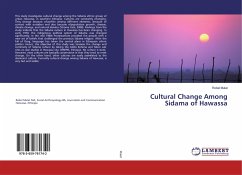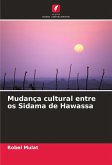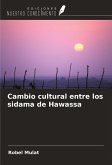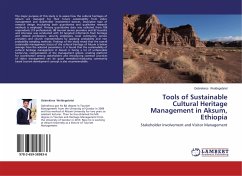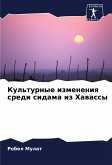This study investigates cultural change among the Sidama ethnic group of urban Hawassa, in southern Ethiopia. Cultures are constantly changing. They change because ofconflict among different elements, because of contact with outsiders and also because ofpopulation growth, disease, climate change, and natural disaster (Stroma Cole, 2008). Findings from the study indicate that the Sidama culture in Hawassa has been changing. In early 1970, the indigenous political system of Sidama was changed significantly. In the mid 1980s Protestantism provided the people with a new set of beliefs that challenged the previous Sidama religion. After the fall of Derg, language has taken the central place in Ethiopian ethnic politics. Hence, the objective of this study was toassess the change and continuity of Sidama culture by taking the Addis Ketema and Tabor sub cites as case studies in Hawassa city, SNNPRS, Ethiopia. No culture is static. However, most cultures are basically conservative in thatthey tend to resist change. On the other hand, other cultures are easily assimilated to the dominant culture. Currently cultural change among Sidama of Hawassa, is very fast and visible.
Bitte wählen Sie Ihr Anliegen aus.
Rechnungen
Retourenschein anfordern
Bestellstatus
Storno

